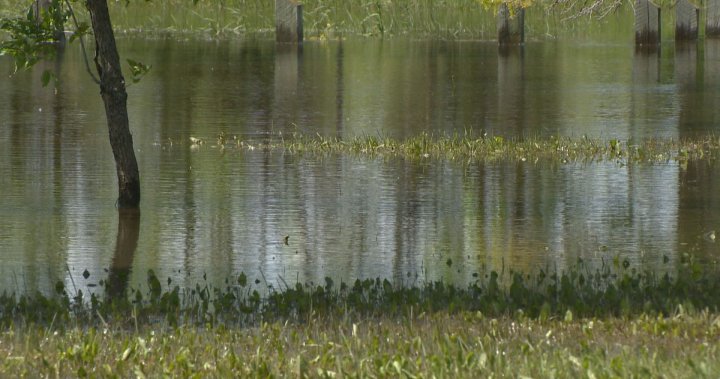
Removal of nitrogen in Regina’s wastewater system is improving water quality, U of R study finds
Global News
A study conducted by the University of Regina is showing improved water quality in Wascana Creek, thanks to the City of Regina's removal of nitrogen in its wastewater system.
Ten years ago, University of Regina researchers embarked on a study examining the effects of the cities wastewater treatment facility.
It later received a $175-million upgrade, aimed at largely eliminating pollution with ammonia and reducing the levels of total dissolved nitrogen by 85 per cent.
The study found that the removal of nitrogen from the city’s wastewater discharge system greatly improved water quality in one of Canada’s most polluted streams, Wascana Creek.
Peter Leavitt, Canada Research Chair for Environmental Changes and Society, says Wascana is too small to be able to handle the city’s waste.
“City’s act like big magnets, they attract things from all over the planet, concentrated in an area. Then we use the stuff, process our waste, and dump them into the environment.” Leavitt adds that there isn’t a lot of flowing water in the southern parts of Saskatchewan, to help dilute the pollution.
The lack of flowing water puts lots of constraints on industry and social development with the city. Leavitt says most federal law is based around the concentration of whatever is in the wastewater, assuming that it’s going to be diluted down.
“In Wascana Creek, there is almost no water running in the creek through much of the summer and fall and all of the winter,” says Leavitt. “During the summer and into the winter the only thing flowing in Wascana creek is wastewater.”
Environment Canada recently conducted a study out of Saskatoon on the creek, analyzing the raw data of what pollutants could be drawn back from human waste. They quickly discovered that nitrogen levels were off the charts, along with high volumes of personal care products, drugs, algae, etc.





















 Run 3 Space | Play Space Running Game
Run 3 Space | Play Space Running Game Traffic Jam 3D | Online Racing Game
Traffic Jam 3D | Online Racing Game Duck Hunt | Play Old Classic Game
Duck Hunt | Play Old Classic Game











